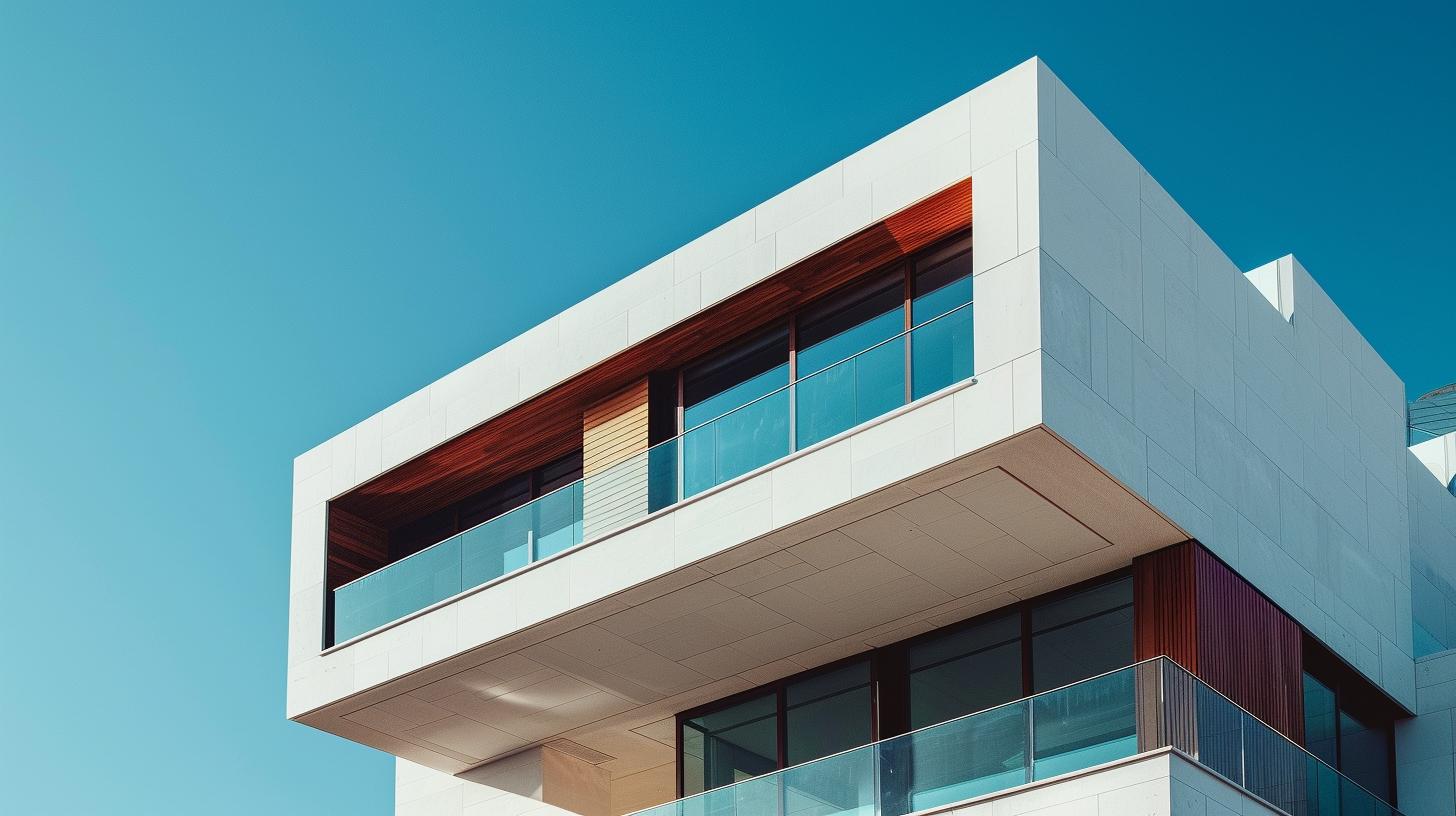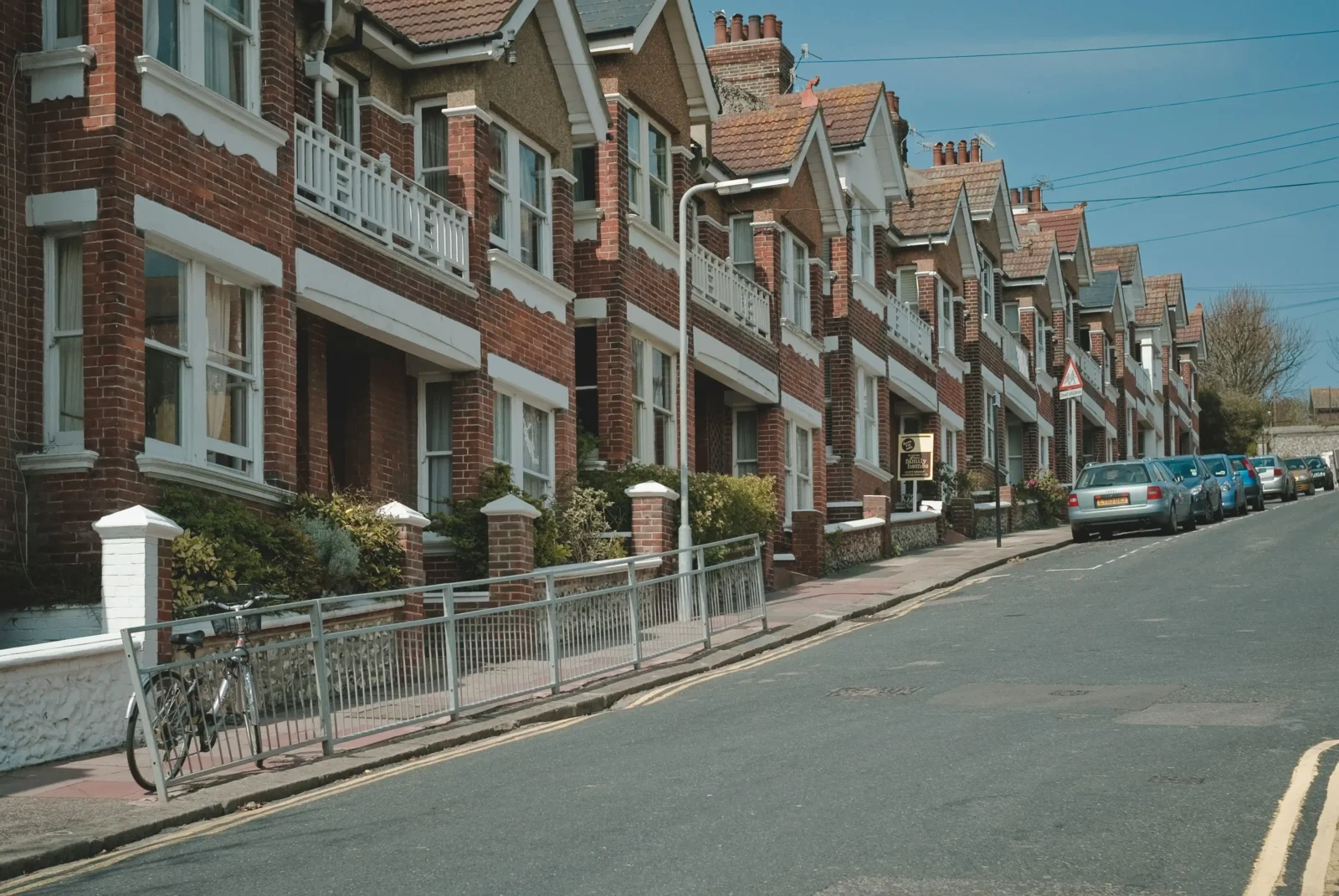- Home
- Articles
- Architectural Portfolio
- Architectral Presentation
- Inspirational Stories
- Architecture News
- Visualization
- BIM Industry
- Facade Design
- Parametric Design
- Career
- Landscape Architecture
- Construction
- Artificial Intelligence
- Sketching
- Design Softwares
- Diagrams
- Writing
- Architectural Tips
- Sustainability
- Courses
- Concept
- Technology
- History & Heritage
- Future of Architecture
- Guides & How-To
- Art & Culture
- Projects
- Interior Design
- Competitions
- Jobs
- Store
- Tools
- More
- Home
- Articles
- Architectural Portfolio
- Architectral Presentation
- Inspirational Stories
- Architecture News
- Visualization
- BIM Industry
- Facade Design
- Parametric Design
- Career
- Landscape Architecture
- Construction
- Artificial Intelligence
- Sketching
- Design Softwares
- Diagrams
- Writing
- Architectural Tips
- Sustainability
- Courses
- Concept
- Technology
- History & Heritage
- Future of Architecture
- Guides & How-To
- Art & Culture
- Projects
- Interior Design
- Competitions
- Jobs
- Store
- Tools
- More
Unlocking Natural Harmony: Using the Golden Ratio in Modern Architecture
Discover how the golden ratio serves as a powerful design principle in architecture. This article delves into the creative and sustainable applications of this aesthetic ratio in urban planning, interior design, and energy-efficient architecture. Understand how the golden ratio enhances visual comfort, aesthetic layouts, and functionality, promising significant impacts on contemporary design.

Ever marveled at the beauty of the Parthenon or the Pyramids of Giza? There’s a secret behind their allure. It’s the golden ratio, a mathematical concept we’ve used for centuries in architecture. This proportion, approximately 1:1.618, is believed to be aesthetically pleasing and has been the backbone of numerous iconic structures.
The golden ratio isn’t just a number, it’s a powerful tool for design. By incorporating it into architecture, we’re able to create spaces that are balanced, harmonious, and captivating. Whether it’s the layout of a floor plan or the shape of a window, the golden ratio can transform the ordinary into the extraordinary.
So, let’s explore how we can use the golden ratio in architecture. We’ll delve into its history, its application in modern design, and how it continues to shape our built environment. After all, who doesn’t want to create designs that stand the test of time?

Table of Contents
ToggleAppearing of Golden Ratio in Architectural Design
We’ve delved into the fascinating journey of the golden ratio, its mathematical essence, and the speculated influence on architectural marvels. As we move forward, let’s delve deeper into the onset of this concept in design and its continued allure in the realm of aesthetics.
Historical Significance
The golden ratio, often denoted by the Greek letter phi (Φ), has been enthralling architects for centuries. From ancient civilizations to contemporary societies, there’s been a mysterious penchant for integrating this mathematical oddity into numerous structures. The golden ratio crept up in architectural narratives around the world, transcending time and geography.
It’s been suggested that ancient Egyptians employed it in the design of the iconic pyramids. But its appearance wasn’t confined to the sandy landscapes of Egypt. Greece, the birthplace of democracy and the platonic school of thought, saw the adoption of the golden ratio in the formative years of its architecture. While the Parthenon’s design embodies several golden rectangles, the breathtaking beauty of the Pantheon also exhibits the golden ratio’s influence.
The Renaissance period also saw architects, fascinated by its mystical qualities, integrating the golden ratio in their designs. We can see instances of the divine proportion in structures like Notre Dame in Paris.

Aesthetic Appeal
You may ask, why has the golden ratio been such a darling of designers, architects, and artists alike? Simply put, the use of the golden ratio imposes a natural balance, a sense of harmony, and a certain pleasing aesthetic to the eyes that’s difficult to ignore.
The innate beauty of the golden ratio lies in its ability to create balanced and harmonious spaces. It spontaneously draws the human eye, promoting visual flow across a design that feels right and looks appealing. The golden ratio, with a proportion of approximately 1:1.618, is believed to mirror nature’s balance, offering a blueprint for creating pleasing, proportionate, and visually satisfying designs.
Whether it’s the striking image of Sydney’s iconic Opera House or the dynamic golden spirals in spiraled designs, the golden ratio continues to inspire and challenge architects worldwide, offering a tool that is as elusive as it is captivating.
As we explore further, we’ll delve into the practical applications of the golden ratio in modern architectural design, seeking glimpses of this mystical figure embedded in contemporary structures.

Samples of Golden Ratio in Famous Architectural Structures
As we navigate the dawn of architectural creativity, let’s appreciate the golden ratio’s application in iconic structures. Maintaining aesthetic appeal and design harmony, these famous structures reveal the golden ratio’s silent, yet compelling presence.
Let’s start with Le Corbusier’s Modulor system, celebrated in his iconic Villa Savoye in France. This deceptively simple, yet masterfully complex design showcases a proportion system based on the golden ratio and Fibonacci sequence. By implementing the golden ratio, the design upholds visual balance, axial alignment, and spatial rhythm in its composition.
Next, we have the UNESCO World Heritage site Taj Mahal in India. Here, the golden ratio works in harmony with the precision of geometric design, enhancing scenic beauty. From the proportional layout of the gardens to the positioning of the central dome amidst the four minarets, we realize the golden ratio’s mastery.
Advancing to the modern era, the CN Tower in Toronto, Canada, demonstrates the golden ratio in its skeletal structure. This iconic landmark was ingeniously designed to withstand the harshest weather conditions while administering aesthetic appeal. Incredibly, the golden ratio’s precise balance provides superior stability and cohesion to the tower’s overall geometry.
Last, but far from least, we have Fallingwater by Frank Lloyd Wright in the USA. Here, varying scales of the golden rectangle are stacked in a flowing horizontal and vertical rhythm, mimicking the site’s cascading waterfalls. The golden ratio’s application contributes to the house’s mesmerising harmony between architecture and its natural surroundings.
As we uncover these diverse applications of the golden ratio, we come to appreciate its pervading influence in architectural design. Whether it’s the intrinsic harmony offered by Le Corbusier’s Modulor system, the splendid symmetry of the Taj Mahal, the structural innovation in the CN Tower, or Frank Lloyd Wright’s organic architecture — the golden ratio is always a silent yet persuasive companion. Linking forms and functions, it enables architects to achieve the perfect marriage of aesthetics and functionality in design, crossing continents and centuries.

Applying the Golden Ratio in Modern Architecture
The golden ratio is not just a principle of the past. It continues to shape the landscape of modern architecture. In this section, we’ll delve into the application of the golden ratio in some key areas of modern architecture – Urban Planning, Interior Design, and Sustainable Architecture.
Urban Planning
Urban planning offers a wide canvas to implement the golden ratio. In modern city landscapes, it’s observed in the arrangement and proportioning of public spaces, streetscapes, and parks. It’s about finding the sweet spot between density and openness while ensuring visual comfort to the eye. In this way, we create friendly environments that foster community and wellbeing.
Interior Design
In interior design, the golden ratio can work wonders from a aesthetics point of view. In the layout of living spaces, partitioning of rooms, placement of furniture, or even in the sizing of windows and doors, the golden ratio helps achieve an equilibrium. Moreover, utilizing this ratio can influence the proportion of color usage to create a visually pleasing environment. By adhering to this principle, we invoke a sense of harmony and balance that can’t be easily articulated but is innately perceived.
Sustainable Architecture
Green design or sustainable architecture is yet another area where the golden ratio exercises its influence. In structures aimed at being environmentally friendly, the golden ratio contributes to achieving optimal sunlight penetration. It aids in structuring space in a way that takes full advantage of natural lighting and aids in energy conservation. This in turn contributes to the structure’s sustainability and efficiency, marking the golden ratio as a design tool with environmental benefits.
With no conclusion to end this section, we will continue to explore this subject matter, shedding more light on the intricate relationship between the golden ratio and modern architecture in our coming discussions.

Conclusion
Upon examining the application of the golden ratio in urban planning, interior design, and sustainable architecture, it becomes clear that its influence extends far beyond these sectors. While not every designer consciously applies this principle in their work, it’s inherent in many aspects of design that aim for natural balance and harmony. The golden ratio’s universal application may be linked to its basis in nature, creating an organic connection between the built environment and the natural world.
Designers across the globe are getting more creative with the methods they use to incorporate the golden ratio. Gaining a deeper understanding of its mechanisms allows us to see how minute adjustments and alignments, guided by this geometric principle, can have significant impact on the final design.
In the realm of Sustainable Architecture for instance, modern architects thoughtfully apply the golden ratio to optimize natural lighting. This consideration is not just about achieving aesthetic balance, but also about making buildings energy efficient.
Exploring the various applications of the golden ratio in Urban Planning further reinforces its importance. Envisioning city landscapes through the lens of this mathematical principle can create visually comfortable environments that strike the right balance between density and openness.
The domain of Interior Design also heavily relies on the golden ratio to create aesthetically pleasing layouts. Even the most subtle use, whether it’s in color proportions, furniture placement, or room layout, can enhance the overall aesthetic and functional value of a space.
As we journey onwards in our exploration, we’re eager to delve into more unique applications of the golden ratio. Indeed, it promises to remain an instrumental aspect of design and architecture as more professionals utilize its potential to create harmony in our built environment. We look forward to uncovering the myriad ways that the golden ratio continues to shape our world in future sections.
Submit your architectural projects
Follow these steps for submission your project. Submission FormLatest Posts
10 Interesting Facts About Zaha Hadid
Zaha Hadid was a visionary architect whose fluid forms, bold experimentation, and...
Online 3D Terrain Mapping Tools for Urban and Landscape Design in 2025
A curated guide to the best online 3D terrain mapping tools in...
Common Emergency Repairs Every Homeowner Should Be Ready For
For most of us, when something goes wrong, we have a propensity...
Designing, Retrofitting, and Valuing Non-Standard Homes in Britain
Britain’s housing stock carries a quiet contradiction. From the street, many homes...












Leave a comment